A fire in your business or home can be devastating both physically and emotionally, and quick restoration is essential to create a safe space. In this comprehensive article, we offer insights and tips for successfully navigating the fire and smoke damage restoration process in Halifax, Nova Scotia.
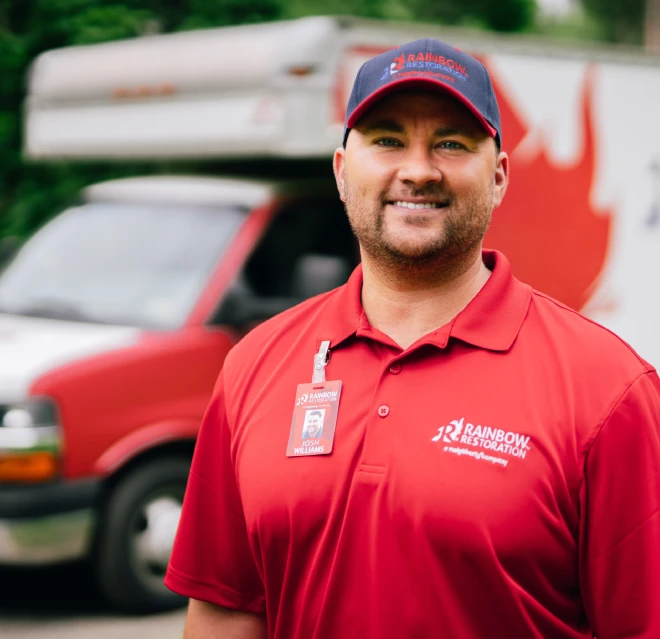
Prioritizing Health and Safety During Restoration
Both restoration workers and property owners may face health concerns related to inhaling smoke or being exposed to toxic materials during restoration processes. Everyone must stay safe, and personal protective equipment (PPE) should always be worn when performing renovation work as an additional safety measure.
Restoration is designed to minimize environmental impacts during cleanup. Halifax restoration professionals ensure any foam left from fire suppression efforts is safely disposed of to avoid the pollution of local water sources. They also take steps to remove smoke-polluted air to ensure sustainable restoration.
FAQ About Fire and Smoke Damage Restoration in Halifax
Residential and Commercial Services
From water damage restoration, fire damage restoration, mould removal, to specialty cleaning services, we have the expertise property owners can trust for complete restoration and cleaning after a disaster or emergency.
-
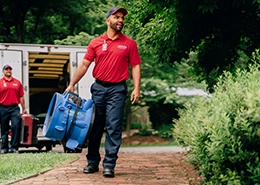
Water Damage Restoration
Restore properties after significant water damage from natural disasters or plumbing issues.Learn more Water Damage Restoration -
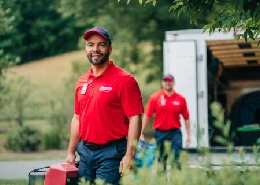
Smoke and Fire Damage Restoration
Remediation of structural fire damage, soot, and smoke stains to fully restore a property.Learn more Smoke and Fire Damage Restoration -
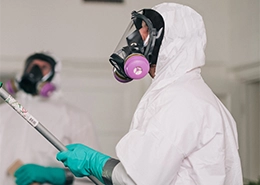
Mould Removal
Safeguard the health of occupants by eliminating potential health hazards and prevent further damage.Learn more Mould Removal -

Full-Service Reconstruction
Restore lives and rebuild properties after damaging events such as a fire, flood, or severe weather.Learn more Full-Service Reconstruction
Our Blog
-
.webp)
What Is a Restoration Company and When Will You Need One?
Restoration companies handle property damage from events such as floods, fires, and mold growth. They help restore a property to its best possible state by cleaning and repairing any damage.
-
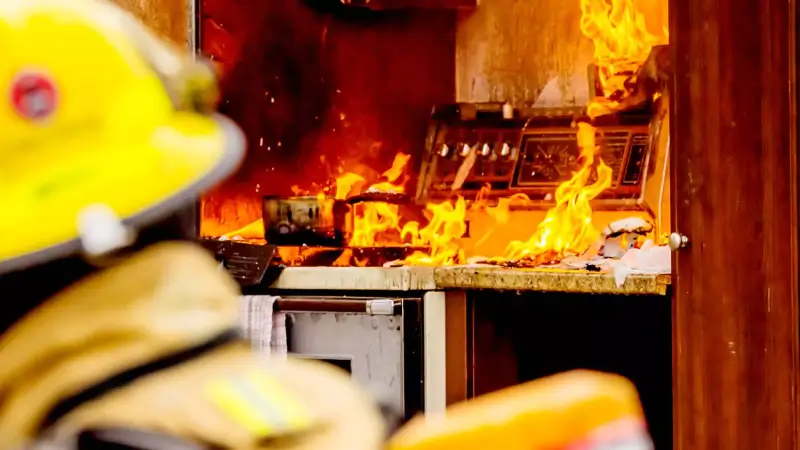
28 House Fire Statistics: How Common Are House Fires?
Knowing and understanding house fire statistics can provide valuable insight into how common house fires are, their typical causes, ways to prevent them, and the costs of smoke and fire damage.
-
.webp)
How Does Mold Spread? 5 Common Causes [+ Prevention Tips]
Mold spreads through air and water. Mold releases spores that use different methods to move from one place to the next. However, mold spread through the air is the most common form of growth in households and businesses.
White Papers
-
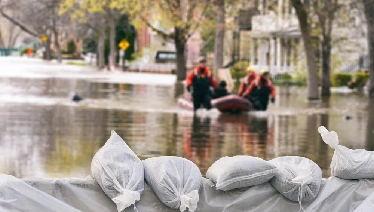
Disaster Restoration Response Time and Why it Matters
-
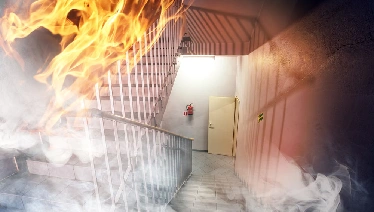
The Role of Emergency Preparedness Planning in Minimizing Business Disruptions
-
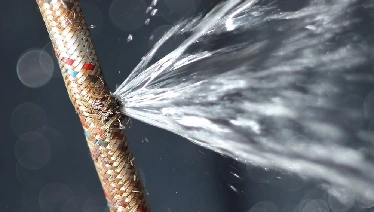
Protecting Your Home, Rental Property, or Business from Appliance-Related Floods

Join Our Team
Restoration begins now.® not only applies to disaster services for property owners – it also applies to you as a future team member!
